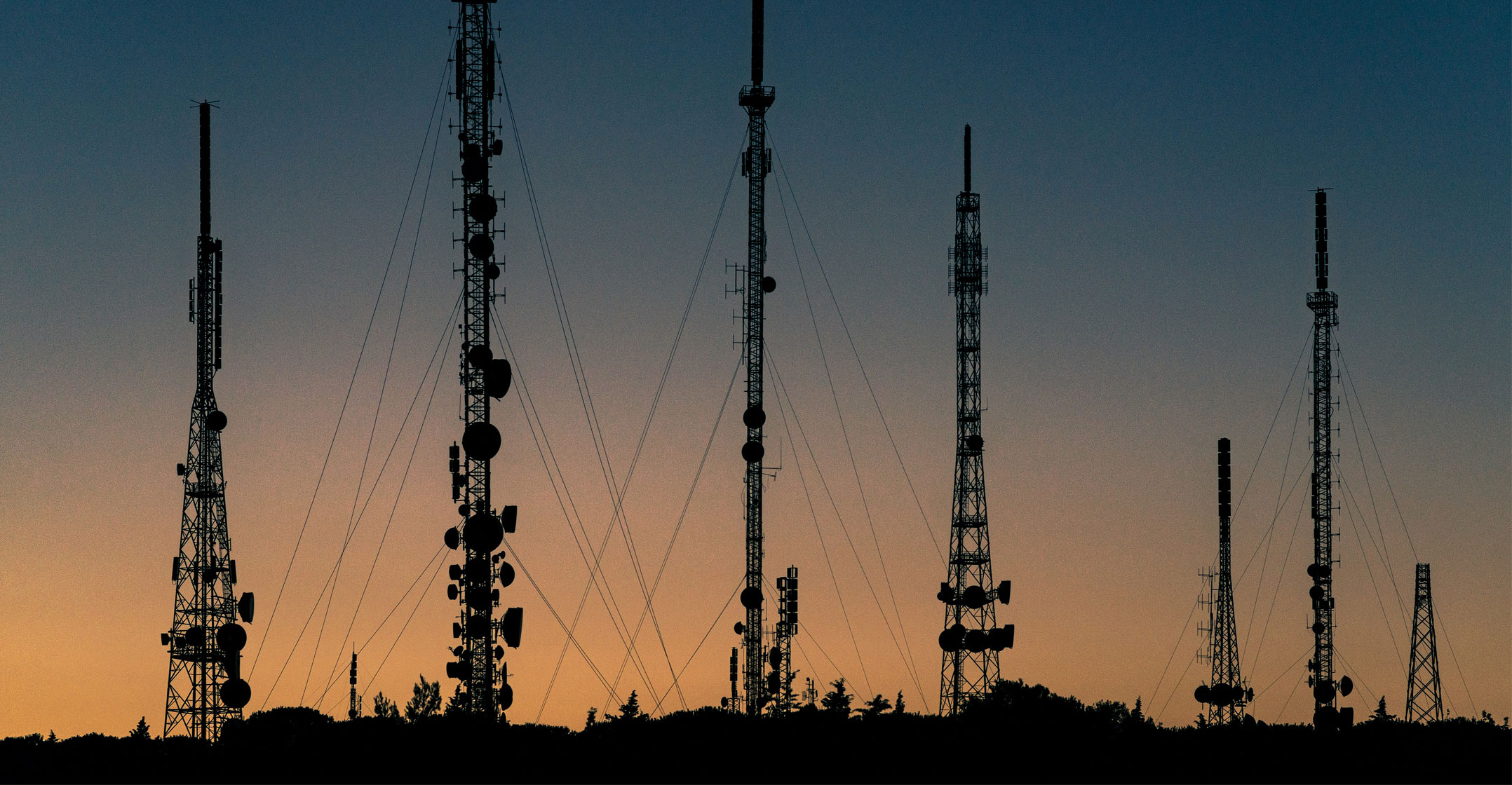 The past two years have torn off the digital plaster, revealing inequalities that still affect many cities and countries. According to the World Economic Forum, around 37% of the world’s population still doesn’t use the Internet. This is a giant gap that intensifies inequality.
The past two years have torn off the digital plaster, revealing inequalities that still affect many cities and countries. According to the World Economic Forum, around 37% of the world’s population still doesn’t use the Internet. This is a giant gap that intensifies inequality.
The primary barrier that’s inhibiting uptake is cost. However, the impact is felt across education, gender, location and income. People with limited access to connectivity and the smart services it delivers are negatively affected across multiple touchpoints and this knocks on into the economy and the country as a whole. This is why smart cities and smart communities need to become a priority, says Tim Archer, head of channel at SkyWire, as they are key to bridging the digital gaps and uplifting citizens.
“Connectivity is already a proven solution to overcoming many of the challenges that impact Africa’s growth and transformation,” he says. “It can empower the public sector to create smart cities that are capable of revolutionising how it meets citizen needs and it can introduce remote education and innovative solutions to urban areas that lack infrastructure and access, and these factors combined can fundamentally improve the economy. Smart cities and smart villages are not a digital pipe dream, they are proven solutions that can shift many of the continent’s legacy problems.”
One such problem is the risk of being left behind. There’s a clear digital shift away from the foundations of the fourth Industrial Revolution (4IR) – the digital solution and transformation – towards the fifth Industrial Revolution (5IR), or the human-digital interface that augments experiences through digital devices. Already the digital-physical blend is emerging in real-world solutions across the world while Africa is still working on how to connect communities that have been inhibited by infrastructure or distance.
“This doesn’t mean that Africa’s about to be left behind,” says Tim. “In fact, with a reputation for leapfrogging legacy tech, Africa is poised to do the opposite. However, there has to be a clear and focused drive towards connectivity and digital inclusion to ensure that no community is left behind.”
Cost is a factor — it has always been one of the biggest challenges to overcome. But the evolution of technology has seen measurable dips in price. The implementation of a robust network or smart city solution doesn’t come with as high a price tag as in the past, and the bonus is that it comes with advanced features and capabilities that previous, more expensive platforms did not.
Scale
Built in the cloud and leveraging smart functionality, connectivity solutions can now scale with the communities and environments they serve and provide users with wireless networks, reliability, information and insights that can be used to refine services and the connectivity provision itself.
“It’s also important to remember that a smart city isn’t exclusively defined by how digital it is,” says Archer. “It is defined by how well it delivers services, how it measurably improves the quality of life for its citizens, and its ability to consistently improve factors such as healthcare, education and access to utilities. With the right connectivity and Wi-Fi solutions in place, this means any community or village can shift into smarter gears and improve quality of life.”
The goal here is to uplift communities through the intelligent use of technology that’s relevant to the needs of the people within these communities. This means that the technology has to be reliable and strategically installed so that it delivers robust connectivity to the area that’s accessible by everyone. It will boost access to online learning, encourage small business innovation, and transform communication. Imagine a community locked within the limitations of no Internet suddenly able to see the world through the same digital eyes that everyone else takes for granted.
“E-mail, WhatsApp, video calling – these are all tools many people use every day without realising that there are others who don’t even know what these are,” says Archer. “Using a robust and reliable connectivity platform, communities and cities can shift into smart gear and change how they engage with the world.”
SkyWire has the expertise and the ability to deliver networks that are customised to support smart rural cities
SkyWire has coverage across all nine provinces in South Africa, with access to 66 000 towers nationally with smart communities and cities already built around its wireless connectivity solutions. The wireless offering from SkyWire has also been used by large enterprises as part of their corporate social investment (CSI) strategies – they have funded the implementation of wireless within specific communities and seen immense benefits in brand recognition, social upliftment and increased customer loyalty.
Instead of expensive network data, communities supported by CSIR initiatives and SkyWire have access to Wi-Fi that’s fast, reliable and cost-effective, and can open up a world of opportunities. SkyWire has the expertise and the ability to deliver networks that are customised to support smart rural communities, providing high-capacity connectivity that empowers people and communities.
For more information, visit www.skywire.co.za.
- This promoted content was paid for by the party concerned




